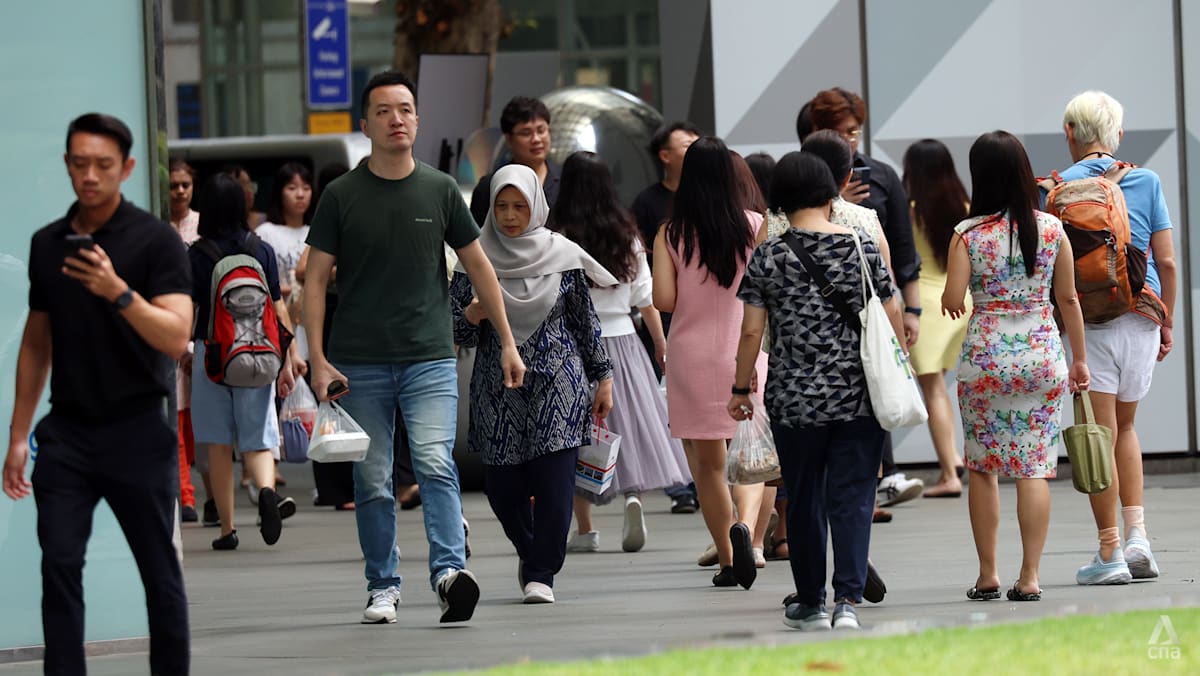Female representation in the labour force improved significantly from 74.1 per cent in 2015 to 80.5 per cent in 2025.
This reflects the rising educational profile of women and collective efforts to support them to stay in or return to the labour force, according to MOM.
But Singapore still lags behind leading high-income countries because of women’s low part-time employment rate – 5.9 per cent, compared to the average of 13.7 per cent among Organisation for Economic Co-operation and Development countries.
Mr Ang said besides higher education, other contributing factors to women’s labour force participation include the change in social attitudes towards gender roles in childcare and the availability of childcare facilities.
Male labour force participation remained high at 91.8 per cent.
GROWTH IN REAL INCOMES
Real incomes at the bottom 20th percentile and the median 50th percentile both grew year-on-year, broadly in line with productivity growth over the longer term, said MOM.
Earners at the 20th-percentile saw their real incomes grow 3.8 per cent. Nominally, their earnings increased from S$3,026 in 2024 to S$3,164 this year.
Median earners gained 4.3 per cent in real incomes, with nominal earnings rising from S$5,500 in 2024 to S$5,775 this year.
The ministry said real income growth at the 20th percentile has outstripped growth at the median level over the past five-year and 10-year periods.
Over both durations, 20th-percentile earners enjoyed a 2.9 per cent increase per year in real incomes.
This was higher than the annual gain in median real incomes – 1.6 per cent per year from 2020 to 2025, and 2.1 per cent per year from 2015 to 2025.
MOM said the expansion of the Progressive Wage Model has continued to narrow the income gap between low-income and median wages.
The ratio between 20th-percentile income and median income rose to 0.55 this year, from 0.52 in 2020 and 0.51 in 2015.
Continued productivity and upgrading of skills will help to keep up support for more inclusive income growth, it added.

